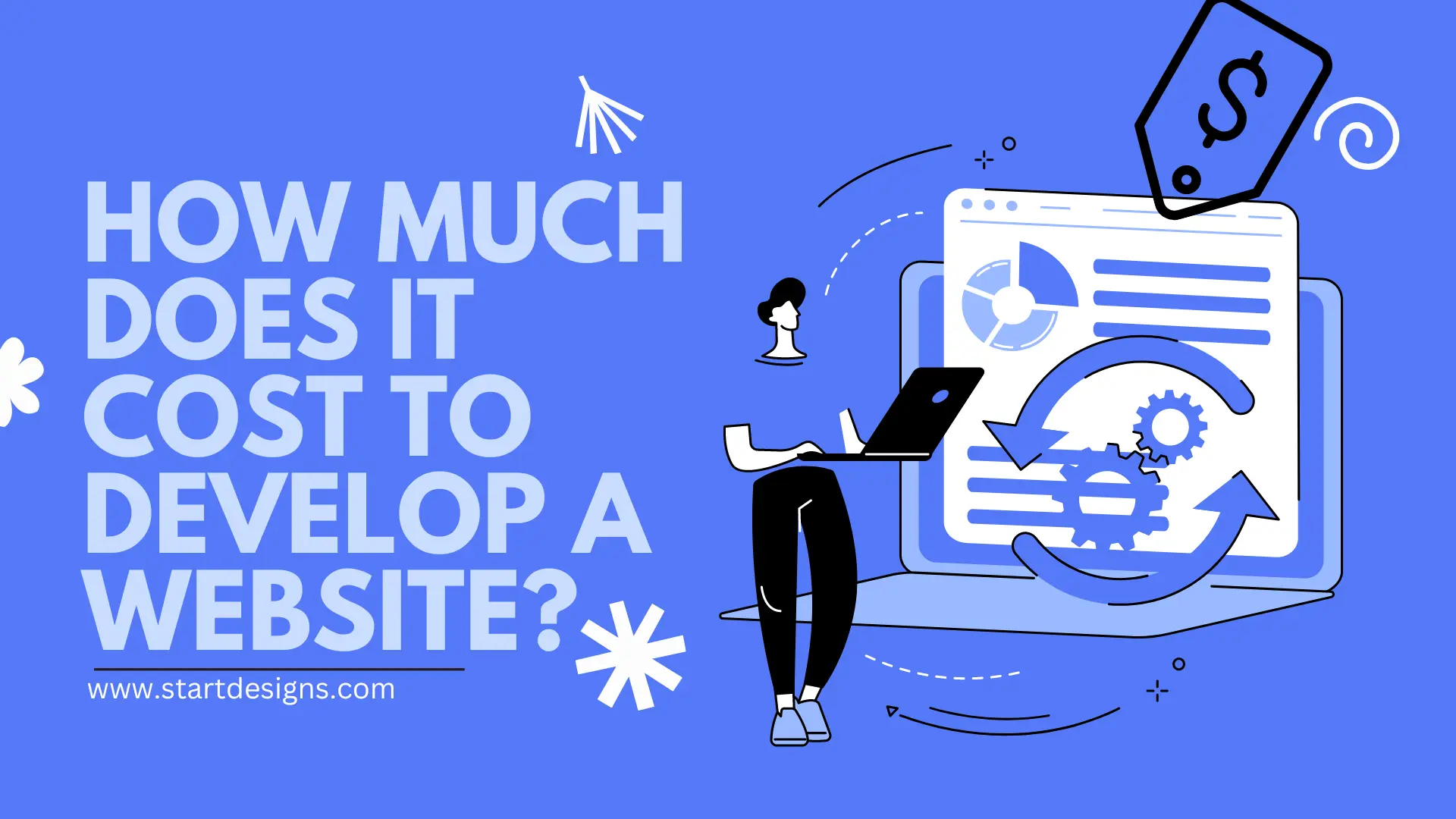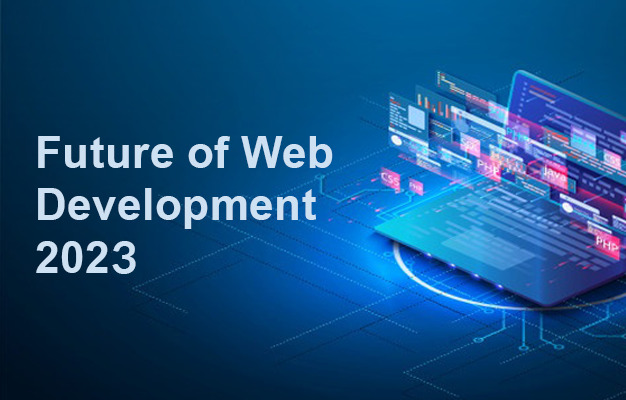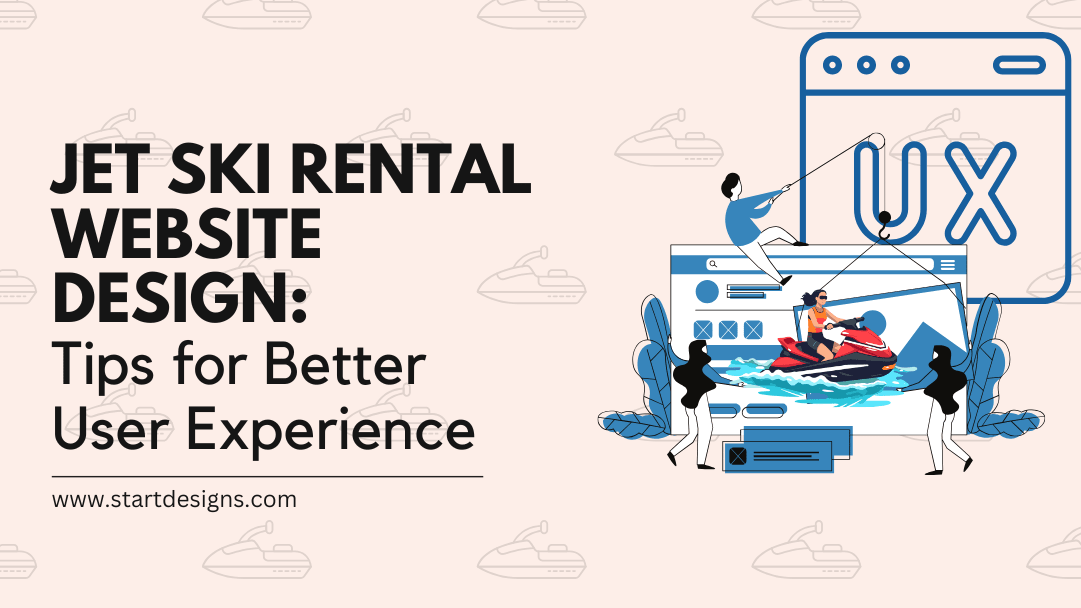In the age of AI, Machine Learning, and Web 3.0, take your medical customers’ experience to the next level and enhance privacy, data security, and communication. This blog will discuss 10 futuristic features for a successful medical website in 2024.
Adding these unprecedented futurist features during your medical website development will boost your business and make you stand out from your competitors.
Without taking too much of your time, let’s discuss the features.
10 Futuristic Features A Medical Website Should Have
We don’t talk about the features that everyone talks about. We will discuss the features that innovate how your medical website and customers interact.
#1 AI-powered symptom checkers
The first feature we want to share is AI-powered symptom checkers. It will help your patients immediately provide the medical information they want based on their queries.
Benefits:
- Quick preliminary diagnosis – AI-powered symptom checkers can be used to rapidly assess a patient’s condition based on the patient’s symptoms and medical history.
- Can reduce patients anxiety – Symptom checkers can reduce patients’ anxiety by providing immediate assistance, information and guidance.
- Enhance user experience – Enhance the user experience by giving personalized and interactive experiences 24×7.
- Improve healthcare accessibility – Patients can use AI-powered symptom checkers anytime and anywhere they want. This feature is available on the website 24×7 to make it easy to access for patients.
- Help doctors prioritize urgent cases – Help doctors prioritize urgent cases by identifying patients with critical conditions and providing data to doctors.
Core technologies used to build:
Machine learning (ML), Natural language processing (NLP), Medical databases, APIs for healthcare systems integration, and Predictive analytics.
#2 Virtual reality (VR) for patient education
You can use VR technology to educate your patients about symptoms, medical conditions, treatment, and medicines.
Benefits:
- With the help of VR technology, patients can easily understand even complex medical information you want to share as a healthcare provider.
- By providing a virtual tour of the treatment and surgeries, you can reduce their anxiety.
- VR technology for patient education boosts patient retention and engagement in your medical business.
- The VR feature on your medical website also improves informed decision-making for patients.
Core technologies used to build:
VR headsets and platforms, 3D modeling and simulation software, Interactive user interfaces (UI), APIs for content integration, and Cloud-based storage for VR content.
#3 Chatbots
Chatbots are the most valuable and common feature you should add to your medical website like all other websites.
Benefits:
- Chatbots reduce the workload of the medical staff by providing assistance to patients and answering their questions.
- Providing 24/7 assistance to your patients enhances user experience.
- Patients get immediate responses, which reduces wait time.
- Help medical business owners to streamline administrative tasks.
Core technologies used to build:
Natural language processing (NLP), Machine learning algorithms, AI-driven conversational platforms, API integration with medical databases, and Secure cloud storage for patient data.
#4 Voice Search
With the evolution of tech, voice search has become a prominent feature for all types of websites, whether medical, ecommerce, services, automobiles, food, travel or educational.
Benefits:
- The voice search feature improves user experience by enabling a faster and easier way to search for anything.
- Help patients find more accurate data by eliminating typing or grammatical mistakes.
- Patients can book appointments using their voice.
- Enhances accessibility for visually impaired and elderly patients.
Core technologies used to build:
Speech recognition technology, Natural language processing (NLP), AI-powered voice assistants, Semantic search algorithms, and API integration for healthcare data retrieval.
#5 Predictive analytics for patient care
Predictive analytics is one of the most innovative features for medical websites that help medical organizations handle and provide proactive treatment to patients quickly.
Benefits:
- Proactive health management – The predictive analytics feature allows healthcare providers to identify health risks to make decisions proactively to prevent high risks.
- Enhances treatment accuracy and efficiency – Based on patients’ data, predictive analytics can provide tailored treatment and optimized plans for each patient based on their medical history.
- Reduces hospital readmissions and complications – Proactively predicting and analyzing patients’ medical condition and suggesting treatment reduces hospital readmissions and complications.
- Personalization of patient care – Predictive analytics enhances personalized patient care by providing custom treatment plans for each patient based on the current medical condition, data, and patient history.
- Help healthcare providers use their resources – By analyzing and predicting patients’ high-risk conditions; the predictive analytics feature helps healthcare providers use resources efficiently.
Core technologies used to build:
Machine Learning (ML), Data Mining, and Statistical Modeling are needed.
#6 Wearable devices integration
Electronic wearable devices are the new fashion accessories of the modern technology era, which can also be used in the medical industry.
Benefits:
- Wearable devices track vital signs like heart rate and blood pressure in real-time, enabling health providers to monitor patients outside of clinical settings.
- Patients get valuable insights through their wearable devices. Suggest lifestyle changes and medical decisions.
- Wearable devices monitor health data remotely, so patients must make appointments and visit hospitals frequently for regular checkups.
- Wearable device integration improves communication between healthcare providers and patients.
Core technologies used to build:
Bluetooth and Wi-Fi connectivity, APIs for data exchange, Health data standards (e.g., HL7, FHIR), Cloud storage for data management, and Mobile app integration for real-time monitoring.
#7 Blockchain for secure data sharing
Web 3.0 technology revolutionized the way data is shared on the internet. Blockchain is one of the primary examples of Web 3.0 technology. By adding Blockchain to your website, you can secure data sharing.
Benefits:
- Enhance data security and privacy – Implement blockchain technology to medical websites to provide a secure and tamper-proof environment for storing and sharing patients’ data.
- Reduce risk of data breach and tempering – The Decentralized features of blockchain technology don’t allow unauthorized individuals to access and manipulate data.
- Empower patients with more control over data – Blockchain technology gives patients more control over their health records, test results, and health conditions. Patients can share data with only authorized people if they want.
- Boost trust and transparency – Blockchain technology in the healthcare industry provides a transparent and verifiable record of data transactions that boost patients’ confidence and accountability in healthcare data management.
Core technologies used to build:
Distributed ledger technology (DLT), Cryptographic algorithms, Smart contracts, Decentralized storage systems, and APIs for blockchain integration with healthcare systems.
#8 Biometric authentication for enhanced security
Enhance your patient’s data security with biometric technology so they only access medical reports, prescriptions, and other medical data after verifying their identity.
Benefits:
- Biometric authentication improves patients’ data security.
- Along with passwords, biometric authentication allows patients to access data with fingerprints and eye retina.
- This simplifies the login process; patients don’t need to type passwords to access data.
- Biometric authentication also boosts patients’ trust by providing an additional security layer.
- Biometric authentication reduces the risk of data breaches.
Core technologies used to build:
Fingerprint scanners, Facial recognition software, Iris or retina scanners, Voice recognition systems, and Secure biometric data storage and encryption.
#9 Augmented reality (AR) for treatment visualization
Augmented Reality (AR) is another futuristic technology that can enhance the patient’s user experience for healthcare providers.
Benefits:
Like virtual reality, augmented reality enhances patients’ overall user experience, reduces anxiety, helps educate patients, and improves communication between doctors and patients.
Core technologies used to build:
AR software development kits (SDKs), 3D modeling and rendering tools, AR-compatible devices (smartphones, tablets, AR glasses), Real-time tracking and mapping technologies, and Cloud-based AR content delivery.
#10 IoT-enabled healthcare devices
Internet-of-things (IoT) enables healthcare devices to improve patient data monitoring and overall patient care.
Benefits:
Like wearable devices, the implementation of IoT devices in the healthcare industry improves the way of patient care.
Core technologies used to build:
Internet of Things (IoT) sensors and devices, Wireless communication protocols (e.g., Bluetooth, Wi-Fi), Real-time data analytics platforms, Cloud-based data storage and processing, and APIs for device integration with patient portals and EHR systems.
Wrap up:
The future is providing your customers with a thriving user experience and making communicating with you and your business easy. All the technologies we discuss above are the best way to boost your medical website user experience and make your business successful. If you are looking for a medical website development company that can build a professional website, then contact us now.
Also read: Medical Website Development: The Complete Guide for Healthcare Providers
About the author
Popular Posts

Medical Website Development: The Complete Guide for Healthcare Providers
October 18, 2024- 7 Min Read




